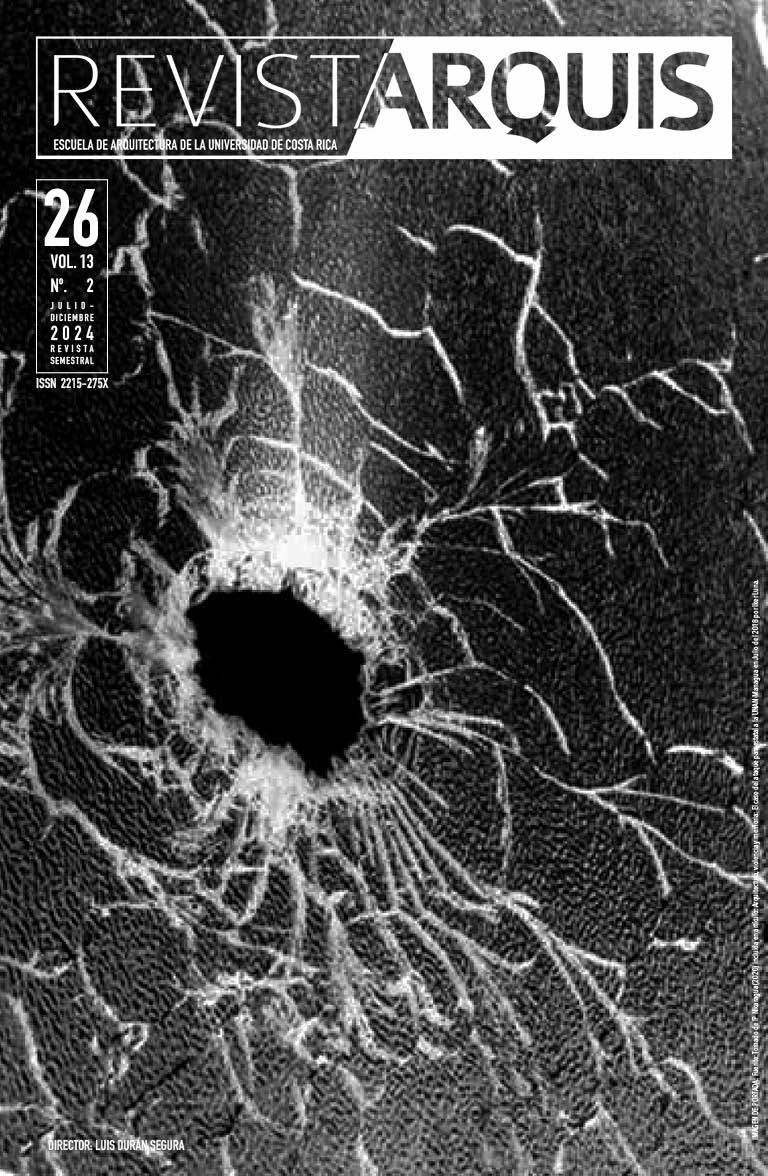Abstract
Throughout history each language manifests itself with particular characteristics according to the era they correspond to; In architecture, the contributions of Modern Architecture of the 20th century are characterized by a composition that highlights straight lines and counterpoint, simple volumes, clean ornamentation and continuous spaces. This simplification also coincides within the artistic avant-garde where innovation in the traditional style was sought. These changes occur in the visual arts and music, where an abandonment of ornaments and experimentation with technology stands out. The objective of this article is to highlight the contributions of the dialogue between disciplines with the work of the Greek architect, musician and mathematician Iannis Xenakis, who through the composition of a musical work, translates the sounds of the score into spaces, when designing the “Philips Pavilion ”, where it shows the union of several disciplines such as architecture, music and mathematics, that is, it provokes a more complete vision, which changes the meaning of the building, and generates a reference for the world by demonstrating a new paradigm of art and 20th century architecture.
References
Basso, G. D. (2009). Música y espacio: ciencia, tecnología y estética. Buenos Aires: Universidad Nacional de Quilmes.
Blas Gómez, F. (2010). Música, color y arquitectura. Buenos Aires: Nobuko.
Corbusier, L. (1953). El Modulor. Buenos Aires: Poseidón.
De Fusco, R. (1983). Historia de la Arquitectura Contemporánea. H Blume editores.
Giedion, S. (1969). La arquitectura fenómeno de transición. Barcelona: Reverte.
Hauser, A. (1993). Historia Social de la Literatura y el Arte. Barcelona: Editorial Labor.
Hope, C. A. y Terren, M. A. (2016). The possibilities of a line: Marking the glissando in music. Proceedings of the Second International Conference on Technologies for Music Notation and Representation TENO.
Kandinsky, W. (1996). De lo espiritual en el arte. Barcelona: Paidós.
Montaner, J. (1999). Después del Movimiento moderno: Arquitectura de la segunda mitad del siglo XX. Gustavo Gili.
Real Academia Española. (2023). Lenguaje. En Diccionario de la lengua española (23.ª ed.) Recuperado de https://dle.rae.es/lenguaje?m=form
Sapir, E. (2013). El lenguaje. España: Fondo de Cultura Económica de España.
Solomos, M. (2018 ). The unity of Xenakis' instrumental and electroacoustic music. The case of “brownian movements”. Perspectives of New Music.
Xenakis, I. (2009). Música de la arquitectura. Akal.
Zevi, B. (1980). Historia de la arquitectura moderna. Madrid : Poseidón.
##plugins.facebook.comentarios##

This work is licensed under a Creative Commons Attribution-NonCommercial-NoDerivatives 4.0 International License.
Copyright (c) 2024 Mishell Echeverria

